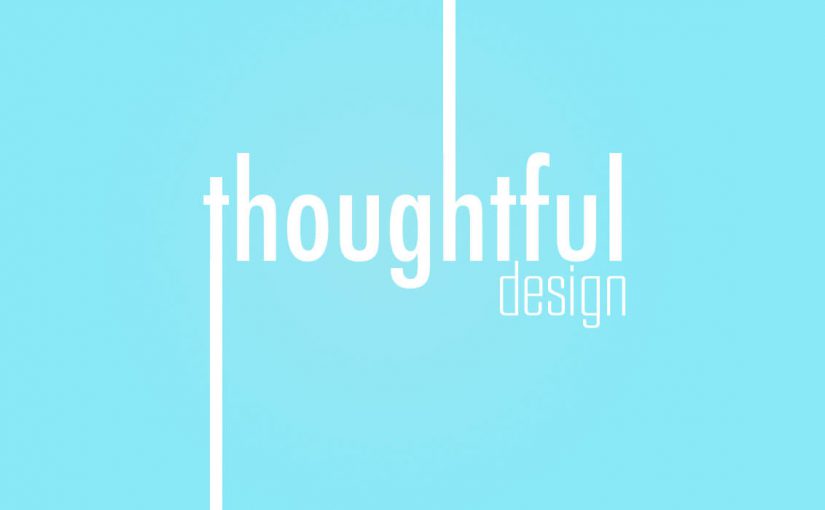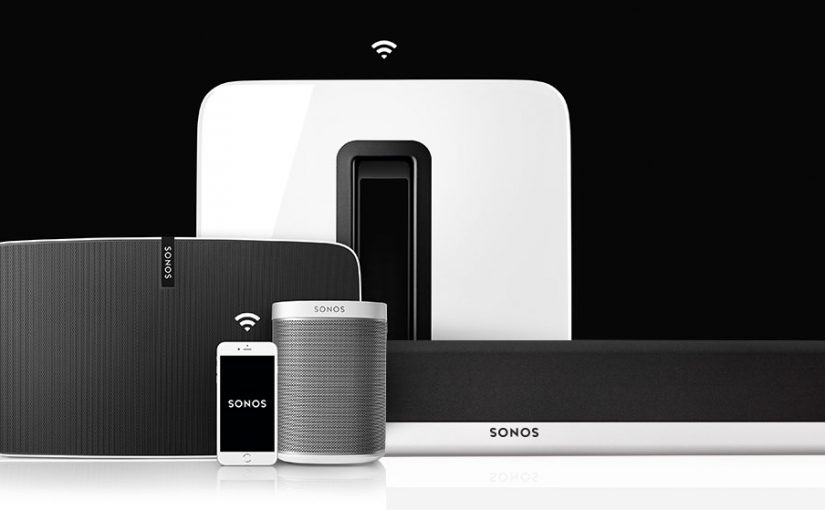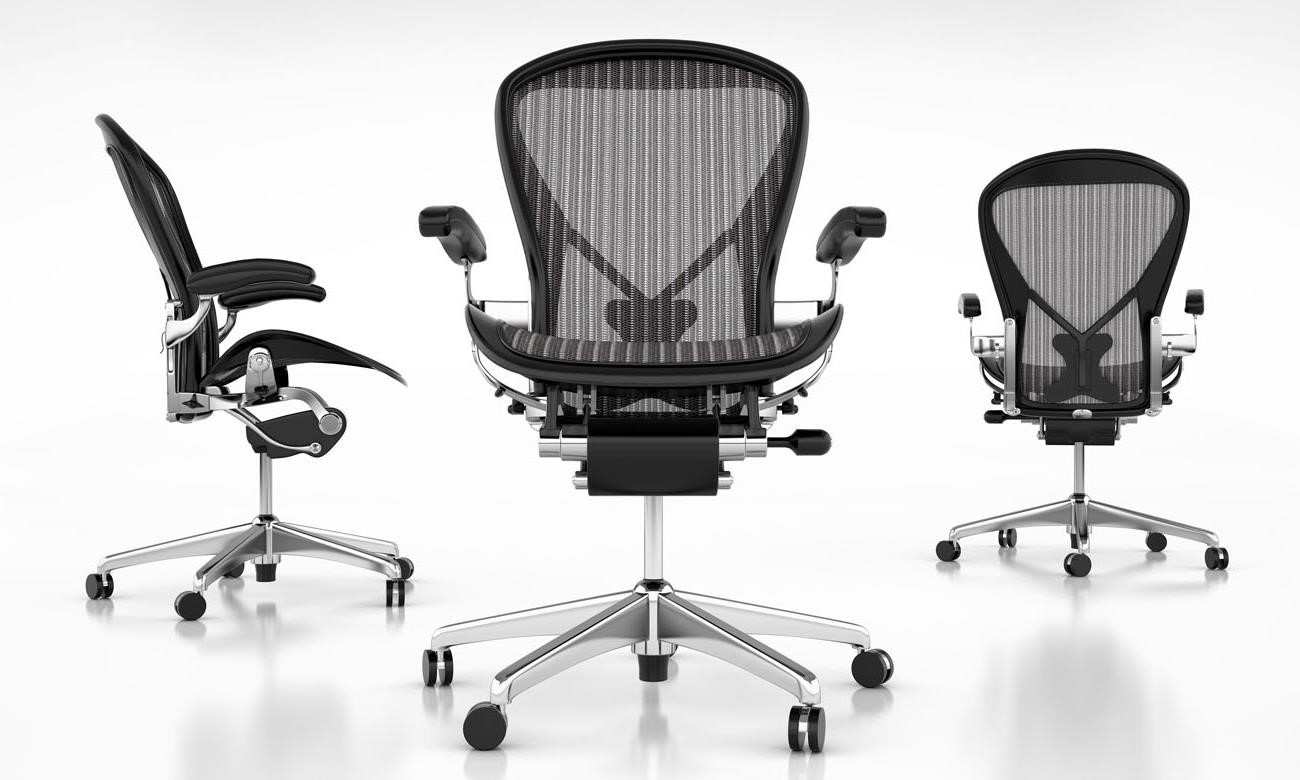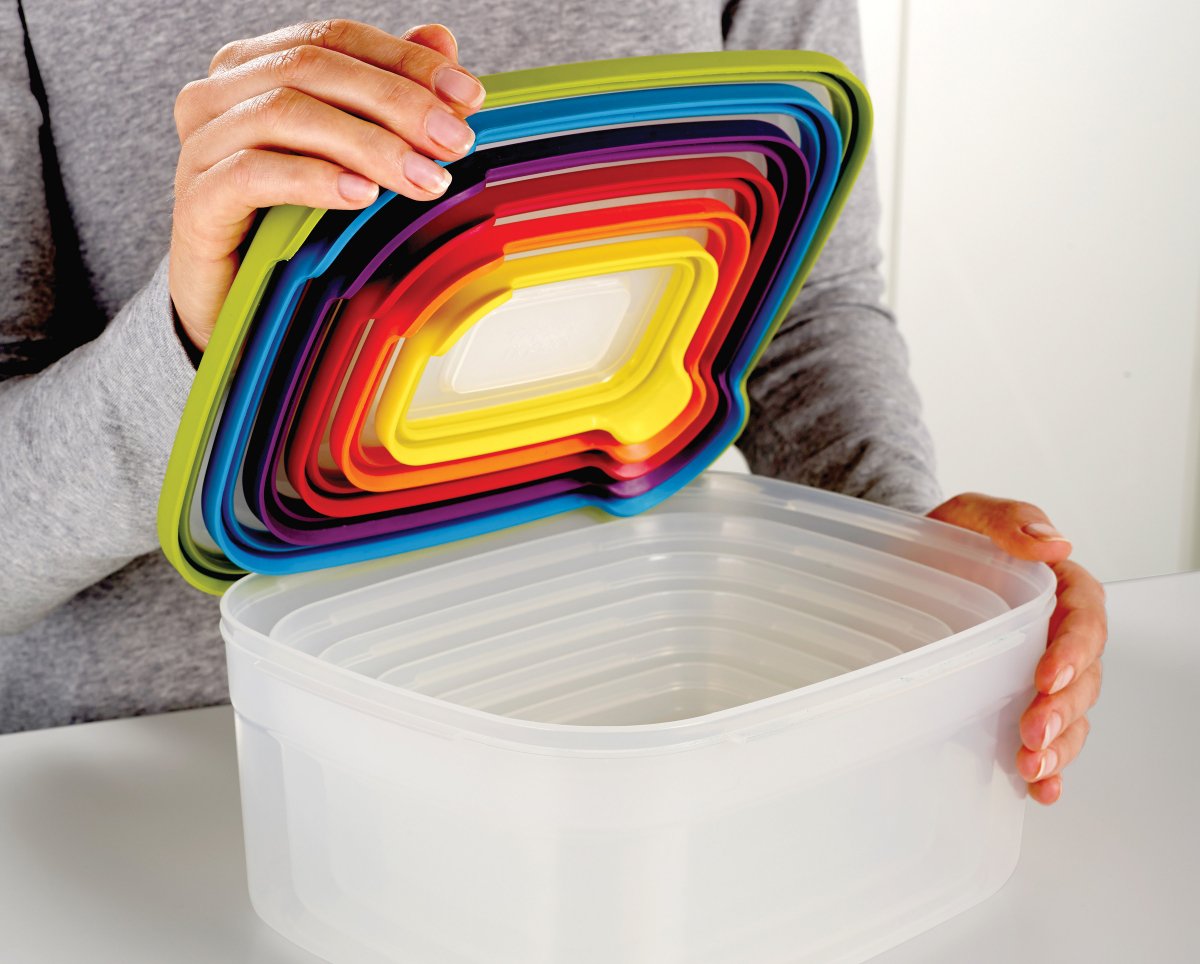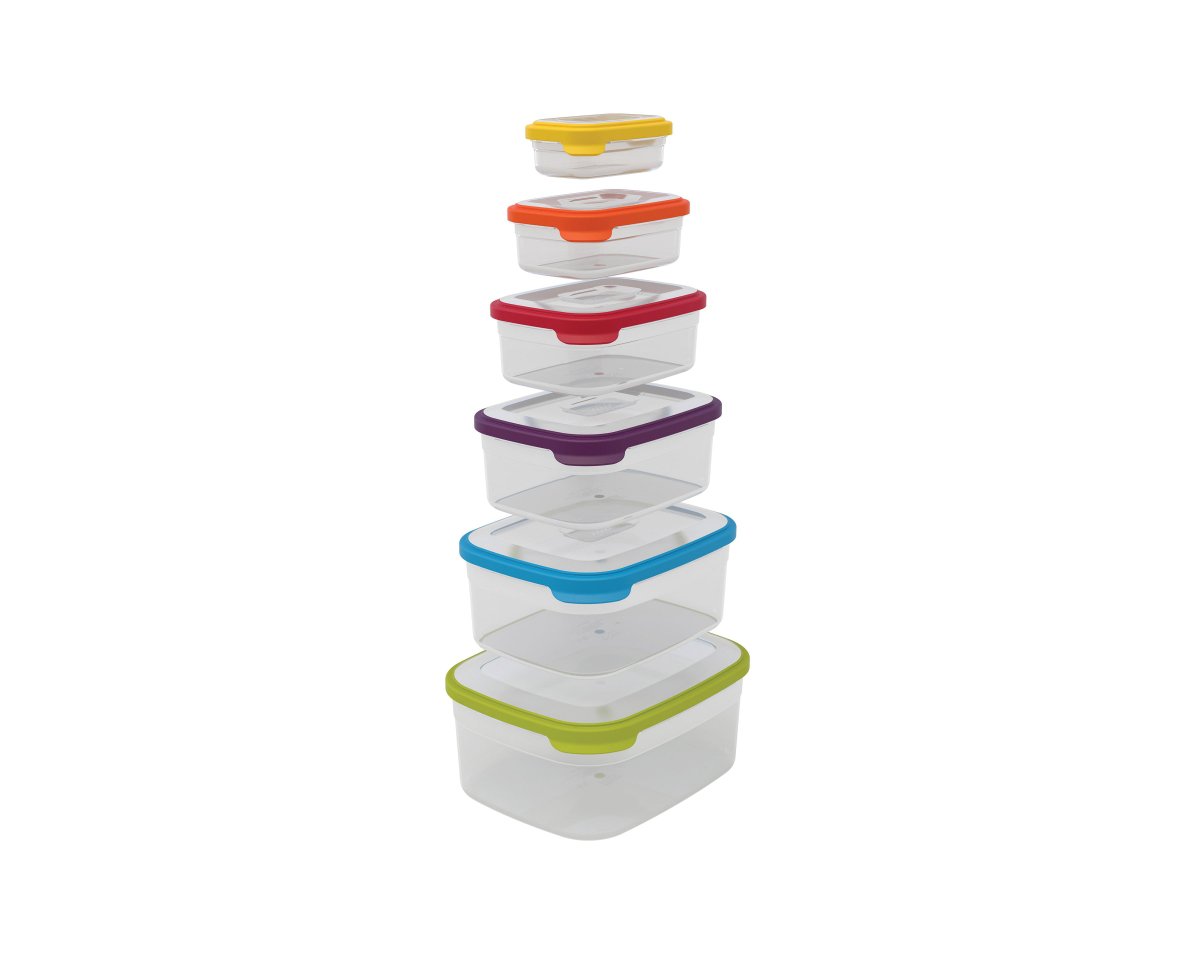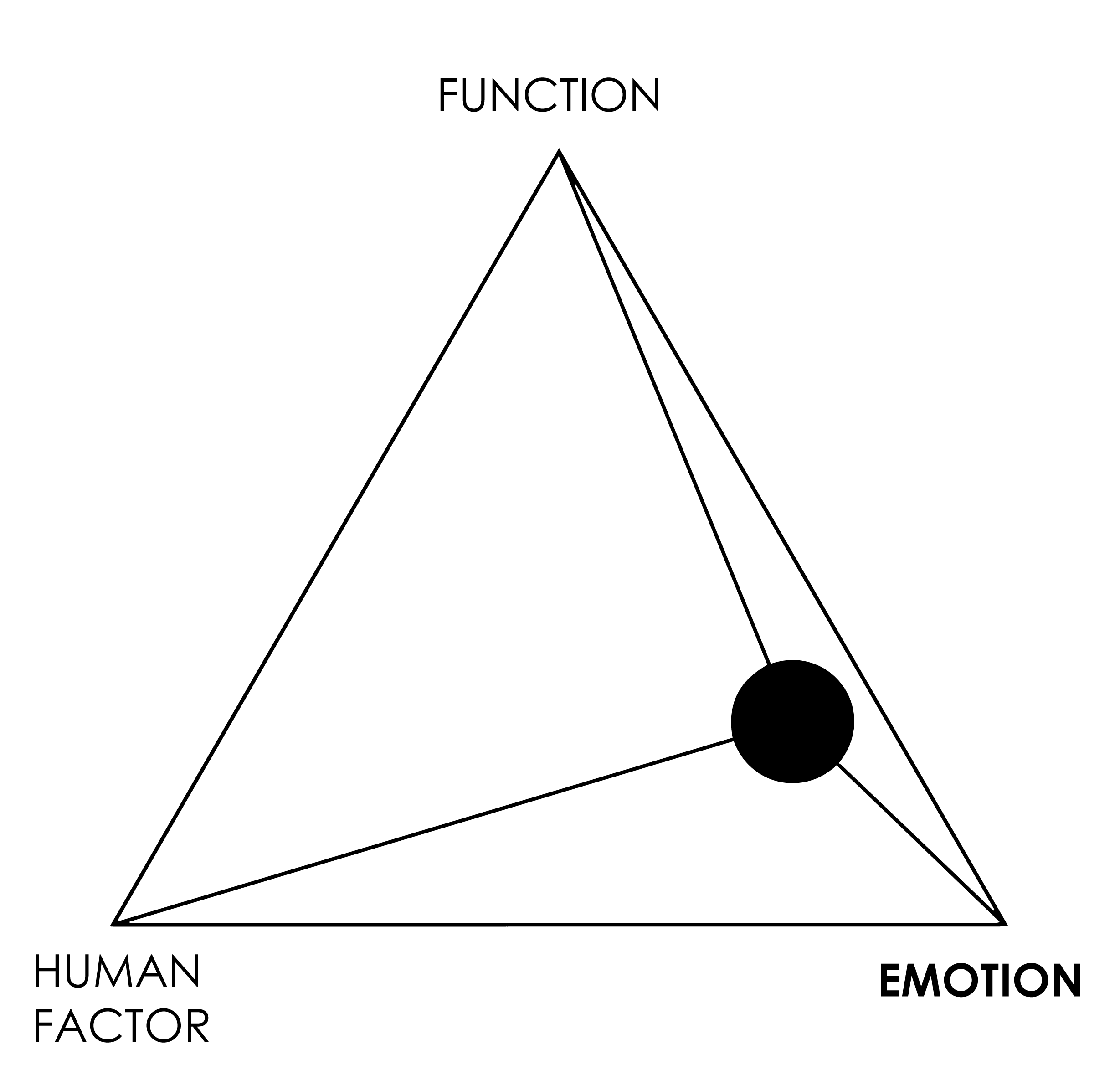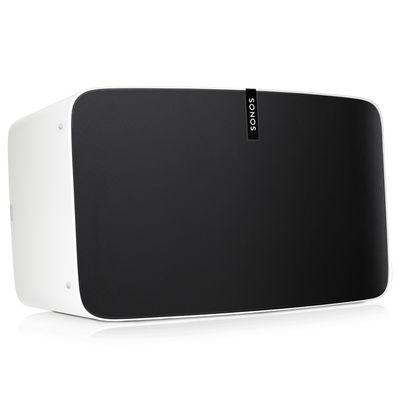This chapter discussed about the different challenges a designer face in the design process. One would be them being bounded by material qualities, tactile or digital. However, I feel that with the existence of such challenges, it should be a form of motivation for the designers to look at things in a wider perspective so that there would be a breakthrough in their design. Having a library of material characteristics is certainly a plus, but when it comes to working with more than one material, the real challenges come. The use/ combination of materials can make or break a product, in both aesthetics and user experience.
To me, good design is definitely not just being highly aesthetic but also considering a positive overall experience when using the product itself. That, to me will then be considered as a well-thought design. As designers, we have full control over how we want a product to work, technically as well as physically in terms of human-machine interaction. Hence, we should be constantly aware of what we are designing and always going back to the brief whenever we are lost.
“The devil is in the details”
Speaking of thoughtful interaction design, I would wish to highlight one design detail which is very prominent in this digital age, yet people are still oblivious to its existence. That would be the indication on the earphone itself. I have often used the trial-and-error method to find out which is the left and right side of the earphone. However, in recent years, I was enlightened to the fact that there is usually a small indication on the right side of the earphone. This detail, is in fact I believe, designed for the visually-impaired to allow them to distinguish between the different sides. Upon discovering this minute neglected detail, I have since used the indication to confidently identify the right side of the earphone with a small dialogue in my mind: “Right, there’s the bump, this is for the right ear.” This is one thoughtful design which I feel that deserves more credit than it should.
Another thoughtful interaction design would be leaning towards a more cognitive design detail, which is the signal lever. Imagine lifting the lever upwards would signal left instead of right, it would totally be out of sync with the human anthropology (because it feels “correct” for us to steer right after completing the action of lifting up the lever and vice versa).
I am not sure of the exact reason why signal levers are designed in the way it is today but I do feel that if this interaction was designed to function the opposite way from today, we might be used to it and neglect the fact that it might feel weird.
Above are the two examples which I feel that are thoughtful interaction design and I feel that when one design is being “thoughtful”, they are usually the ones that are there when you need them, which often leads to being neglected of their value and taken granted of. On the other hand, such design, should be what we as designers should always strive for, incorporating thoughtful design details in our products so that these details can function unknowingly (to the user) when the need arises.
